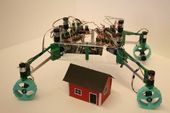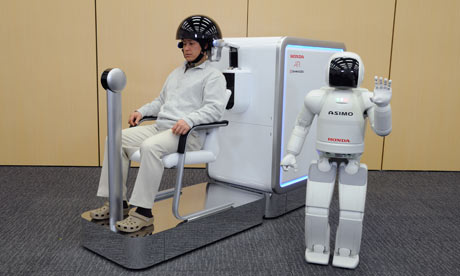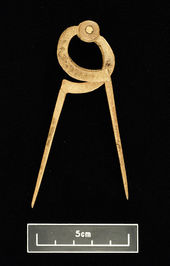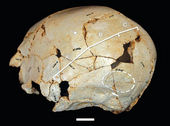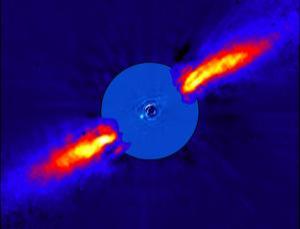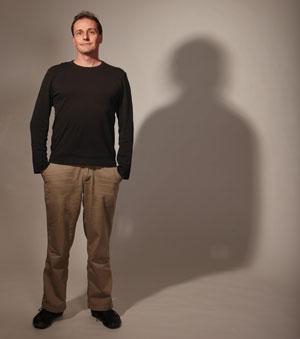
© Mark RichardsThis man's genome has hacked. That was for work purposes. You may not be so lucky
Intimate secrets hidden in your DNA could be stolen without you even realising. By taking a glass from which you have drunk, a "genome hacker" could obtain a comprehensive scan of your genome, revealing DNA variants that help determine your susceptibility to a wide range of diseases, from a common form of blindness to Alzheimer's disease.
That's the disturbing finding of a
New Scientist investigation, in which one of us - Michael Reilly - "hacked" the genome of the other - Peter Aldhous - armed with only a credit card, a private email account and a home address.
You might have thought that genome hacking requires specialist skills, and personal access to sophisticated equipment. But in recent years, some companies have started to
offer personal genome scans to the public over the internet. Other firms routinely analyse genomes on behalf of scientists involved in human genetics research. In theory, both types of service are vulnerable to abuse by a genome hacker determined to submit someone else's DNA for covert analysis.
